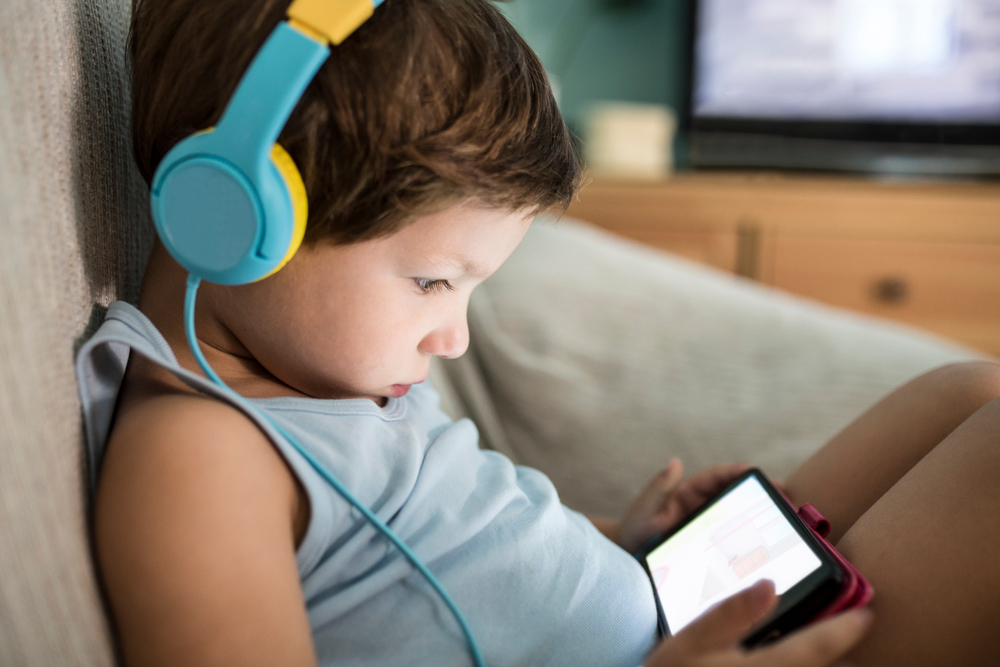“The stay-at-home orders from March to May 2020 created massive shifts in work, school and family life,” said Amy Eyler, associate professor and an expert on physical activity and childhood obesity. “The majority of parents in these studies reported a perceived decrease in physical activity of their children during that time. This decrease, even if temporary, can negatively impact children’s health.”
Eyler is first author of the papers “Parent Perceptions of Changes in Child Physical Activity During COVID-19 Stay-At-Home Orders” published in Frontiers in Public Health and “Children’s Physical Activity and Screen Time during COVID-19 Pandemic: A Qualitative Exploration of Parent Perceptions” published in the journal Health Behavior Policy Review.
In the first study, Eyler and her co-authors surveyed parents of children aged 5-12. Data from 245 parents were analyzed. A majority (63.7%) of parents reported a decrease in children’s physical activity during the stay-at-home time. More parents indicated that social barriers such as the lack of access to playmates were a bigger issue than the lack of places to play.
In the second study, Eyler and her co-authors found that screen time increased as physical activity decreased.
“We don’t know the longer-term impact of these behavior changes,” Eyler said. “Will children resume pre-COVID activity levels? We need more research to help us to track this over time.”


